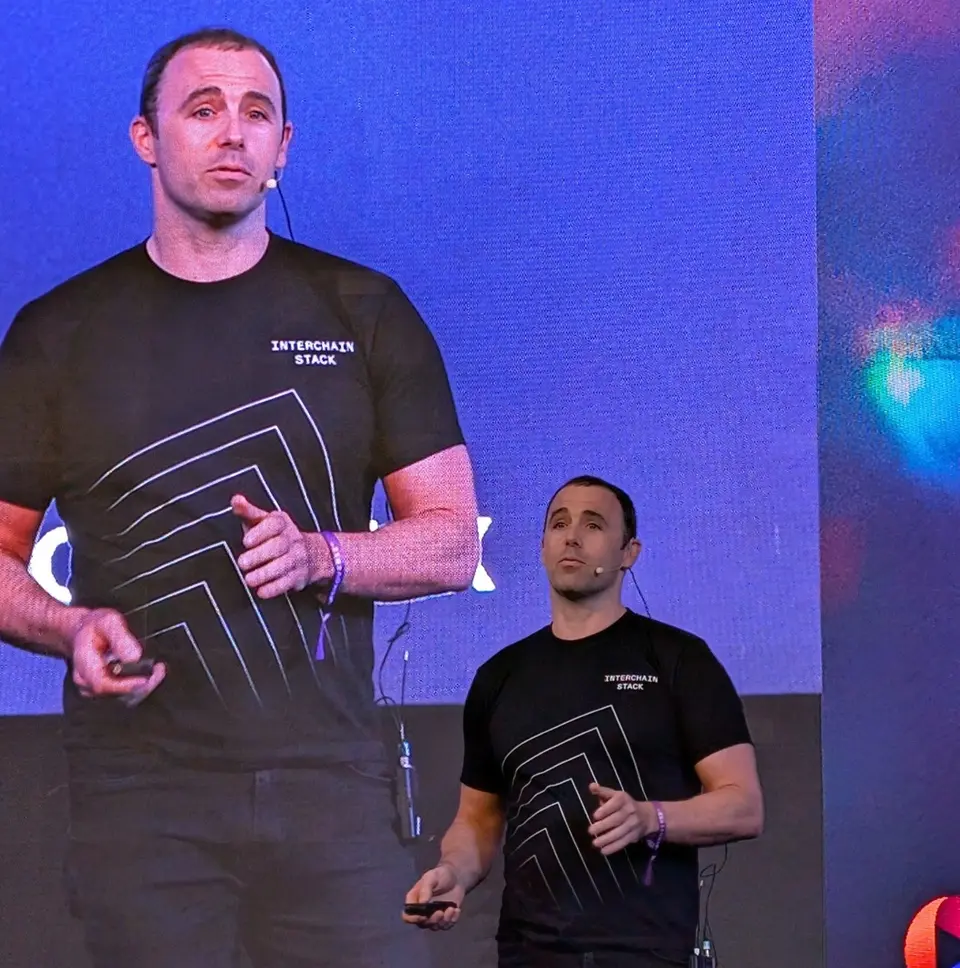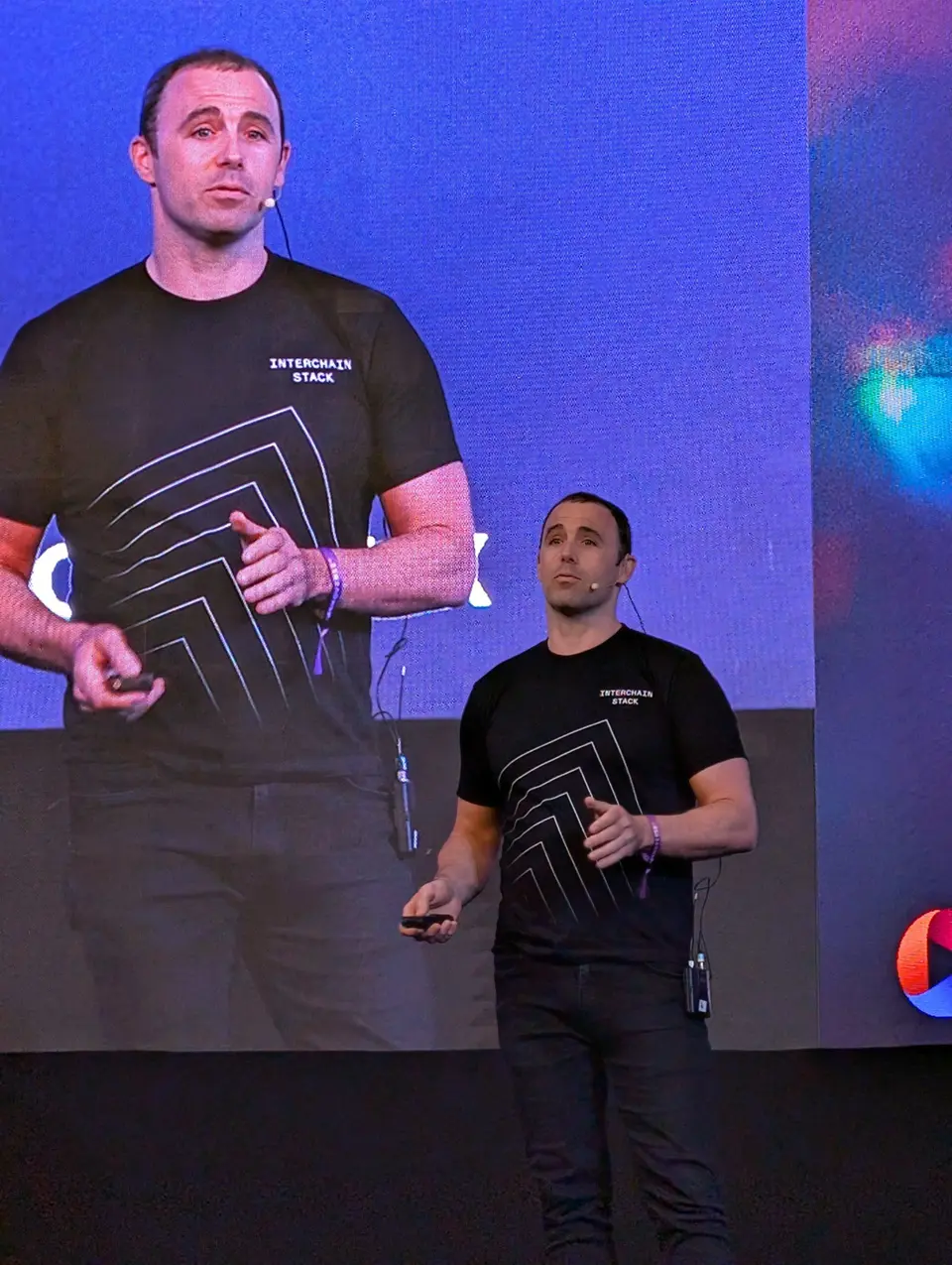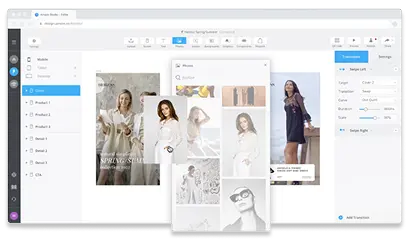The technology I've built forms the digital foundation for organizations across industries and scales. With over 75 million downloads from npm spanning Web2, Web3, and AI applications, my code powers critical infrastructure for enterprises and developers worldwide. My PostgreSQL toolkit enables more than 3 million databases for industry leaders like Supabase and Neon DB (acq. by Databricks), while my blockchain solutions support hundreds of networks processing billions in monthly transactions, including dYdX, Celestia, and Osmosis. Beyond the developer ecosystem, my enterprise platforms have served Fortune 500 giants including GE, Visa, Wells Fargo, and Sony, along with creative powerhouses such as IDEO, WME/IMG, and New York Fashion Week. This confluence of enterprise adoption and developer infrastructure represents the practical application of my mission: building technology that democratizes access across every layer of the digital economy.





